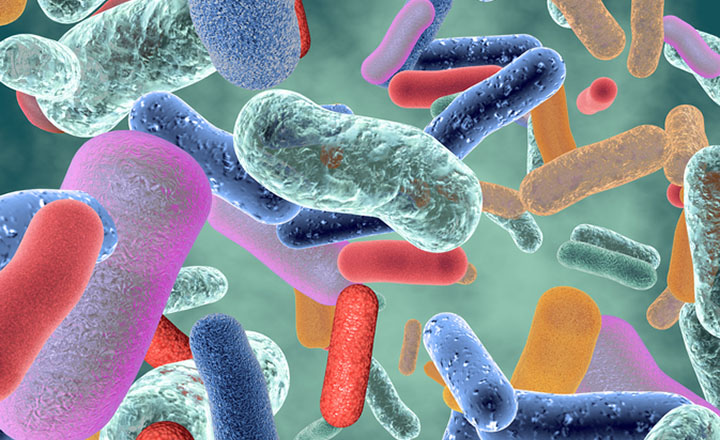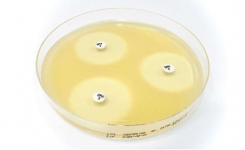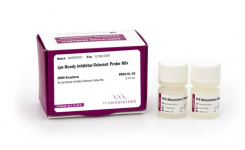In 2001, a joint FAO/WHO working group defined probiotics as “live micro-organisms that, when administered in adequate amounts, confer a health benefit on the host.” Each of the key terms, ‘live’, ‘adequate amounts’ and ‘health benefit’ are, in fact, much debated.
Although the health effects of probiotics are implicit in the definition, there are no approved health claims in the EU and, as confirmed in 2018 by the Commission for Health and Food Safety, there is no intention to change this stance. The term ‘probiotic’ itself is forbidden on product labels as it is considered a health claim.
‘Live micro-organisms’ is not without problems either. Traditionally, that means cultivable cells whose amount is expressed in CFU. However, for Marco Pane, R&D manager of Probiotical, a manufacturer of probiotics located in the north-west of Italy, things are not so clear-cut: “With complex eukaryotic organisms like animals and humans, the difference between live and dead is macroscopic. At cellular level however, there are several stages in-between. An inactive cell or even part of its wall or genomic content could be beneficial. Probiotics (as any bacterial population) are a quite mixed population. Cultivability is simply the ability of one of its subgroups to replicate in a given medium, but it could not be an accurate indicator of how efficient a finished product is."
This different perspective on the idea of 'live micro-organisms' has important implications for the growing probiotics market. The first one is that plate count may not be the best methodology to determine the adequate amount of finished products. A valid alternative, Pane says, is flow cytometry (FCM), a cell sorting technology which was first patented in the 1950s and improved in the following decades, until it was accredited ISO standard in 2015 Lactic Acid bacteria enumeration.
How flow cytometry works
Flow cytometry aligns and separates every single cell in a liquid sample and then counts them through a laser that generates two signals: a forward scatter that measures cells size, and a side scatter that provides information on their shape. Using fluorophores, FCM then detects three aspects of a cell’s vitality: membrane integrity, membrane polarization, and enzymatic intracellular activity.
When all data is plotted together, the sample is broken down into two groups: the total fluorescent unit (TFU), comprising of all cells regardless of their state, and the active fluorescent unit (AFU), which includes all viable cells. The difference between TFU and AFU (the n-AFU group) is composed of damaged or dead cells that are missing one or more vital signs.
Although the n-AFU group includes a mix of recoverable and unrecoverable cells, the difference between AFU and CFU resulting from plate count will give a good proxy for the number of viable but not culturable (VBNC) cells. This subgroup would be completely excluded from plate count, although it has an important role in the efficacy of probiotic products.
For the probiotics market, including more cells in the live group has a few important advantages, first of all a longer shelf life. “In general, membrane integrity is more stable than cultivability. In a probiotic population, live bacteria tend to enter VBNC state rather quickly, but remain live according to FCM terminology. The loss of efficacy with FCM is therefore much slower than in plate count,” says Pane. Additionally, operators are easier to train to use FCM: “Flow cytometry is an impartial method, while in plate count there are different approaches.”
The issue of legacy studies
Considering these advantages, FCM is a good candidate to replace plate count as a methodology to determine the number of live cells in probiotics. According to Pane: “there is objectively no reason why that shouldn't happen, as there is no causality between CFU, colonisation and efficacy of probiotics.”
In practice, however, things are more complex. In spite of its limitations, CFU represents an agreed and universal standard that the industry uses in order to buy, sell, and compare different products: “The problem is not the performance of FCM but the amount of technical and scientific literature that was generated so far, which is all based on plate count.”
Lack of FCM-based research is, in fact, the main objection that Probiotical receives from customers, who are otherwise positively impressed by the other benefits of this methodology.
The next step for FCM
Building a corpus of scientific literature around FCM may require some time. For its advocates like Pane, what can be done now, to bridge the gap between the two systems, is to elaborate a statistical model that translates the number of live cells counted through FCM into CFU.
This model, however, should be specific to each microorganism and production process. As Pane points out, in the very first process steps, the FCM/CFU ratio would be 1:1. However, the gap will widen as the microorganisms go through all the different processing steps such as fermentation, centrifugation, freezing, blending, etc.
The future of probiotics
According to Pane, the future of probiotics will move along two distinct lines: "Classic probiotics such as Lactobacillus, Bifidobacterium, or spore-forming bacteria Bacillus causii will become more widespread and supportive for healthy individuals who want to benefit from the added value of probiotic supplementation while, thanks to the development of metagenomic and culturomic studies, many new bacterial strains will be isolated. For these new microorganisms, however, research and production costs will be very high. That will make them suitable for pharmacological applications rather than the supplement market."























